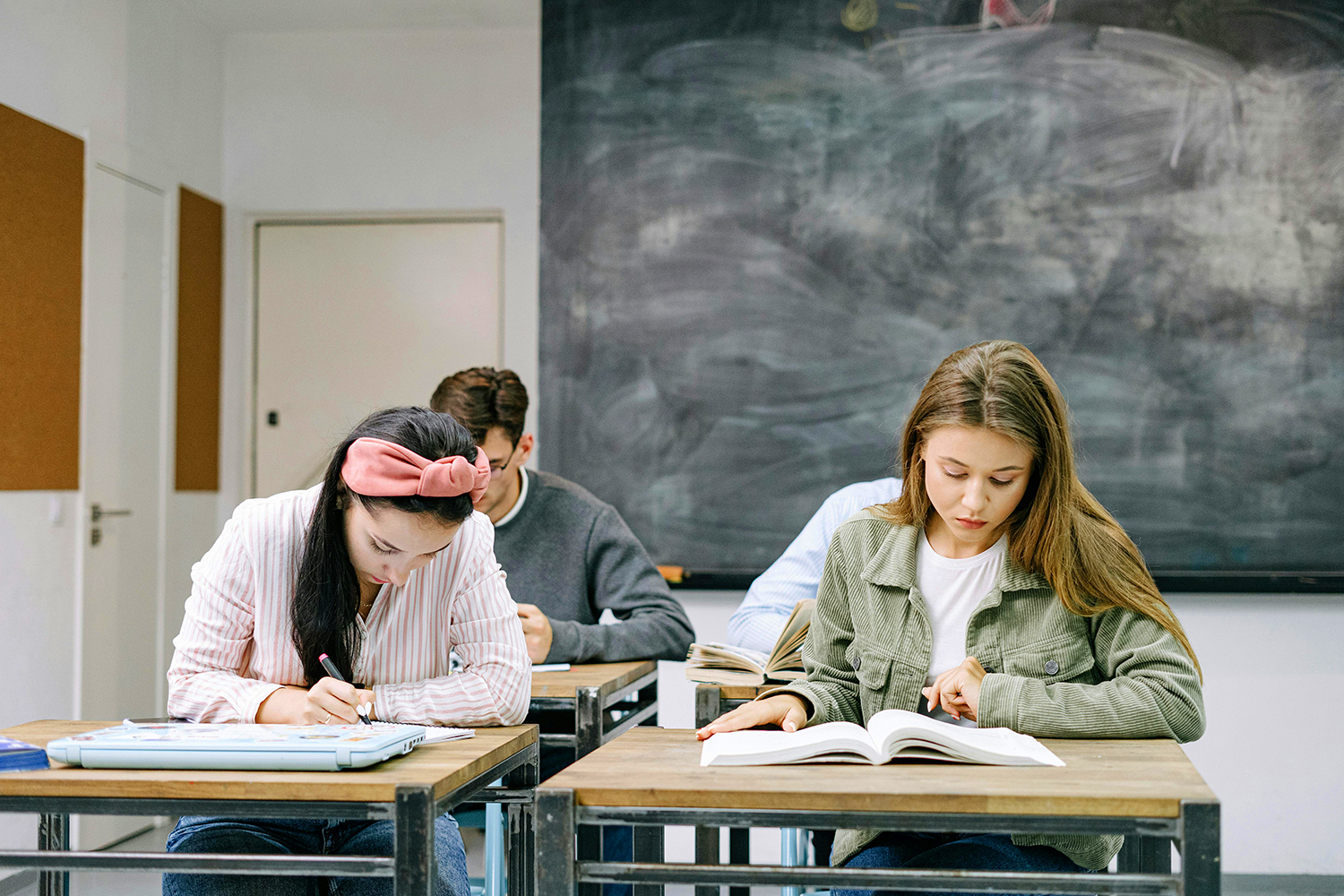
- Products
- Services
- How To Order
- Markets We Serve
- About Us
- Furniture Division
- Contact

As summer winds down and the new academic year approaches, educators and administrators face the critical task of creating learning environments that inspire, engage, and support students of all ages. The success of any classroom begins with thoughtful planning and the right combination of supplies and furniture.
At Benjamin Office, we understand that one size doesn’t fit all when it comes to educational spaces, and the needs of a kindergarten classroom differ dramatically from those of a high school chemistry lab or college lecture hall. We’re going to look at age-specific classroom needs as well as subject-specific needs to help you organize and prioritize your back-to-school classroom supply and furniture procurement.

At this crucial developmental stage, children are learning basic social skills alongside academic fundamentals, not to mention transitioning from home to school. They need environments that are safe, colorful, and engaging.
When it comes to furniture, essential early elementary furniture includes adjustable-height tables that accommodate both seated and standing activities, lightweight chairs that children can move independently, and extensive storage solutions for art supplies and books. Soft seating areas with reading rugs and bean bag chairs create cozy spaces for story time and independent reading. Mobile storage carts allow teachers to bring materials directly to learning centers, supporting the active, hands-on learning style that characterizes this age group.
For supplies, focus on durability and safety.
For Pre-K through Grade 2, you should always keep these supplies on hand:

As students mature, their classroom needs evolve to support growing independence and more complex learning tasks. Not to mention technology integration increases, requiring furniture that can accommodate tablets, laptops, and charging stations.
Furniture arrangements should follow suit, facilitating both collaborative work and individual focus time. Consider desks that can be easily reconfigured for group projects, paired work, or traditional rows. Station whiteboards or easels around the room to support small group instruction and student presentations.
Supply needs expand as well. As students become more responsible for their supplies and assignments, you also need to offer individual student cubbies or desk organizers. More advanced writing instruments, scientific tools like measuring devices, and organizational materials such as folders, binders, and planners are also necessary.
Necessary supplies for Grades 3 through 5 include:

Middle school represents a significant transition period: students begin moving between different classrooms and teachers throughout the day. To address this, classrooms need to be adaptable for various subjects while maintaining organization and functionality.
Modular furniture systems work exceptionally well at this level, allowing for quick transitions between lecture-style instruction, lab work, and collaborative projects. Sturdy desks with attached storage help students keep track of materials for multiple subjects. Teacher workstations with ample filing and storage space help to manage materials for numerous classes and students.
For Grades 6 through 8 you should always keep these supplies on hand:

High school and higher education classrooms require flexible furniture arrangements that can adapt to diverse learning activities, from traditional lectures to collaborative group work and hands-on projects. Essential furniture includes ergonomic desks and chairs that can be easily reconfigured, mobile whiteboards or presentation boards, and storage solutions for both student belongings and educational materials. Technology integration such as charging stations, cable management systems, and surfaces designed to accommodate laptops and tablets alongside traditional notebooks is also critical.
When it comes to high school and beyond, equipment and furniture needs also vary by subject area:
School supply needs mirror these needs, encompassing both analog tools like whiteboards, markers, rulers, and reference materials, as well as digital resources including projectors, laptops, and cords.
Recommended supplies for high school and other higher education facilities include:
When planning your back-to-school procurement for classroom supplies and furniture, the key is creating an environment that balances comfort, functionality, and adaptability to support various teaching methodologies and learning styles across different academic disciplines. Benjamin Office can help!
For decades, Benjamin Office has been the trusted partner for educators across Maryland, DC, and Virginia. We don’t just supply classrooms—we craft inspiring learning environments where students thrive. Your students deserve extraordinary learning spaces. Let us help you create them.
